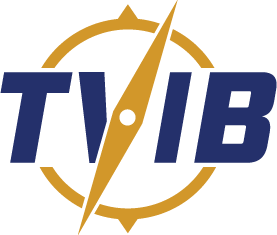TVIB FAQ – From Paper to Digital: NVIC 01-16 CH-3 – Chart & Publication Carriage Equivalencies for Inland Towing Vessels
What must mariners know about NVIC 01-16 (Change 3): Equivalency Determination for Chart and Publication Carriage Requirements?
In this FAQ, TVIB explains the equivalency options provided under NVIC 01-16 (Change 3) for meeting chart and publication carriage requirements.
This FAQ also consolidates the key requirements and clarifications that are not directly outlined in Subchapter M.
Take a few minutes to review the full FAQ to ensure your vessels remain in compliance with current Coast Guard guidance.
Find Detailed Guidance in Our FAQ
For comprehensive answers and guidance, visit the FAQ section on our website: TVIB FAQ. Use the search function with the term “NVIC 01-16” or navigate to 46 CFR Part 140 for chart and publication carriage requirements.
